The concept known as creativity has been extensively researched and its foundations have been tirelessly and hotly debated by some of the world’s greatest minds for many decades. Yet it is still the most complex of all human processes and is responsible for producing the greatest output collectively by any internal mechanism man possesses.
New tools such as the MEG and fMRI scanners are being used to map brain function opening up great possibilities to study the human brain. (Science Daily, 27 January 2014) This greater ability to study the brain might be used to confirm the conditions that best serve the fostering of creativity in the young learner. It is widely believed that creativity and imagination flourish in an environment of freedom, as free from stress as is possible.
We support and celebrate creativity and imagination as the catalysts of critical thinking, developing new and novel ideas, and for solving problems. Creativity and imagination are inseparable components of mankind’s psyche. This being self-evident, it is in our own best interest that we nurture them, particularly in our younger children, with their propensity for creating, especially within the visual arts. We must ensure a climate, which is supportive of greater self-expression with more freedom and reduced stressors with less rigidity.

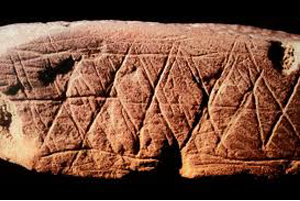
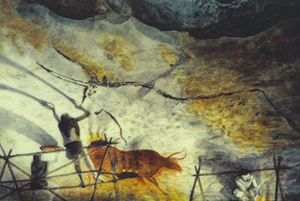
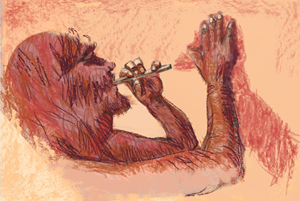
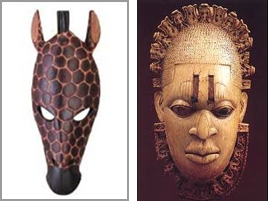

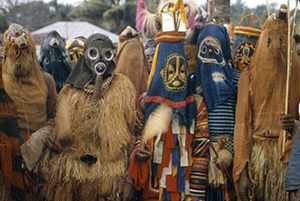

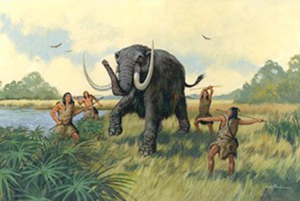

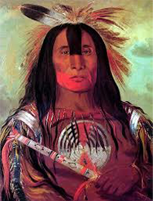
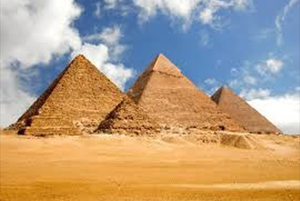
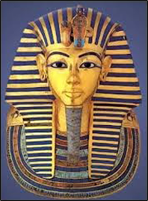
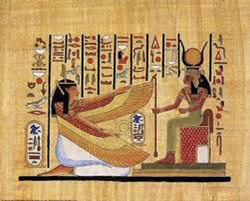

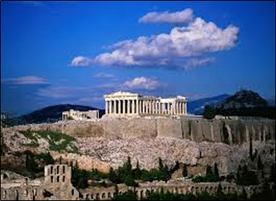

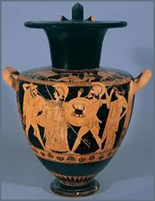
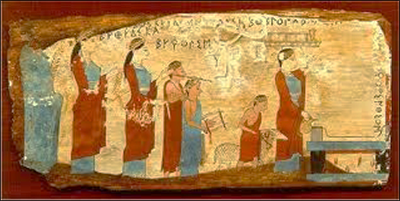
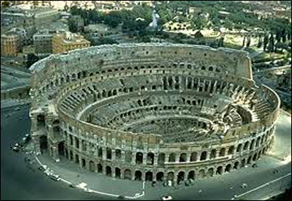

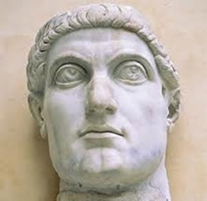
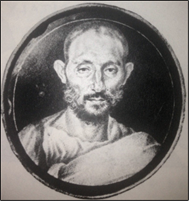
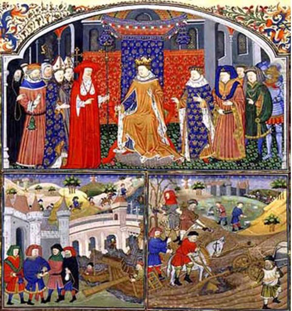
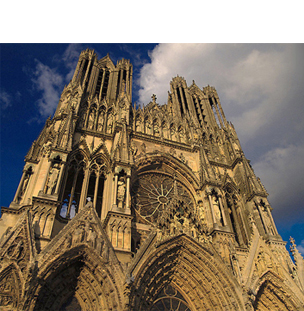

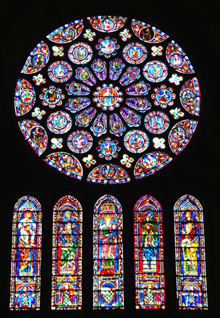
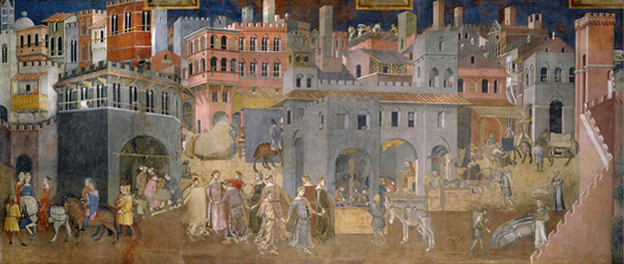
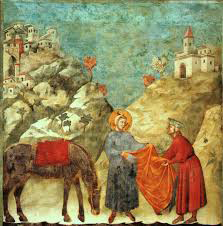
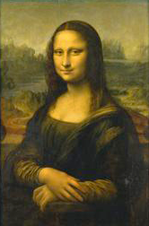
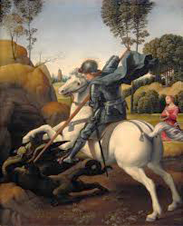
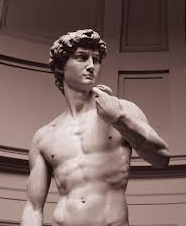


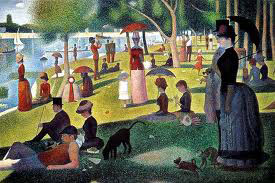
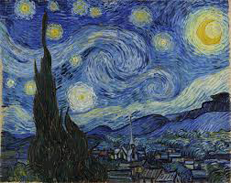

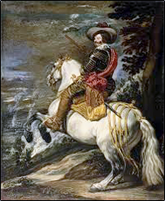

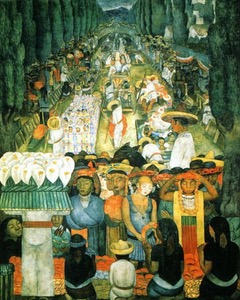
Comments are closed.